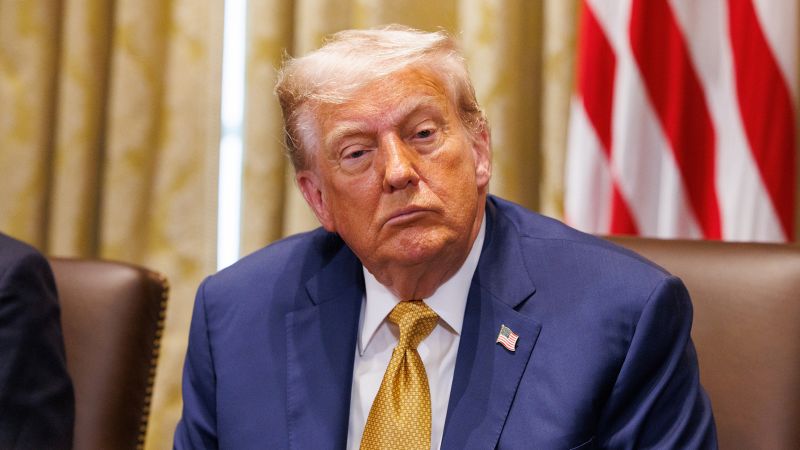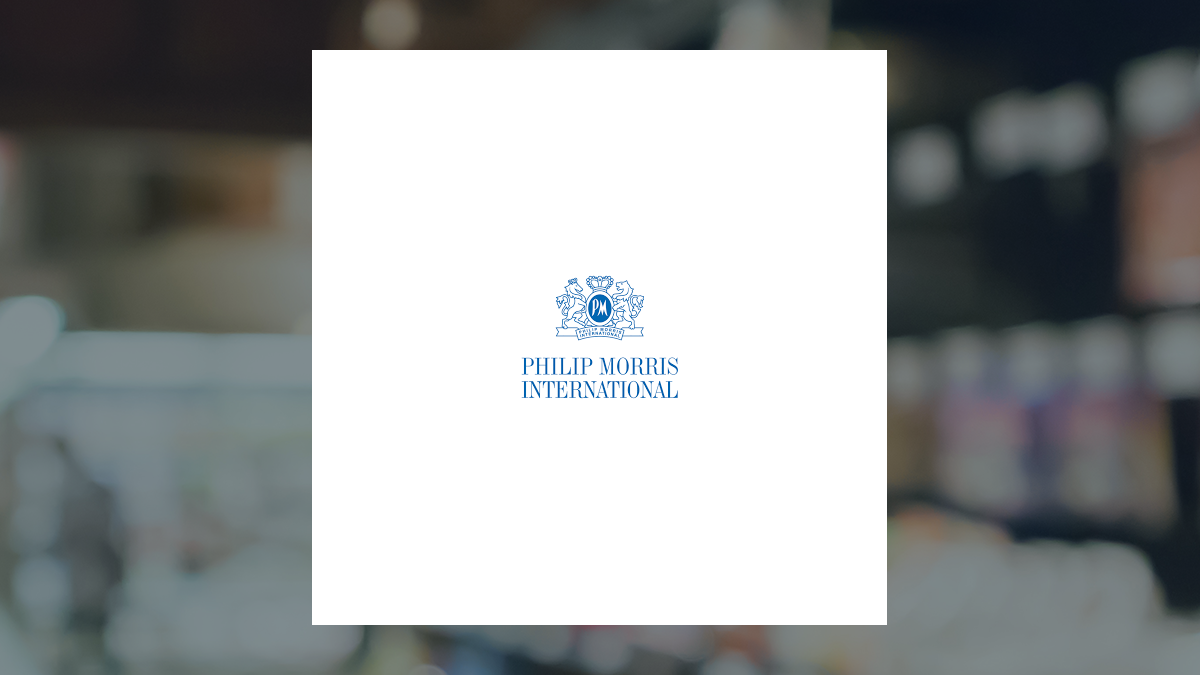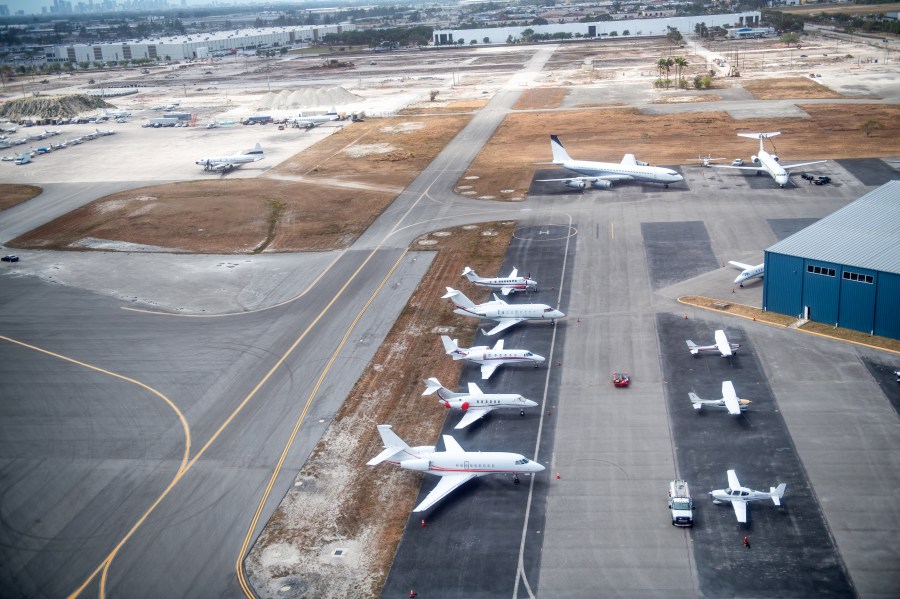Wall Street Reacts to Trump’s Tariff Threats as TACO Trade Revives

President Donald Trump has reignited tensions in the financial markets with his latest threats of substantial tariffs on a range of U.S. imports, including copper, pharmaceuticals, and goods from countries such as Japan and Russia. This renewed focus on trade policies has prompted a muted response from Wall Street, where some investors believe Trump is likely to retreat from his most extreme proposals, a phenomenon characterized as the TACO trade—short for “Trump Always Chickens Out.”
Market strategist Michael Block from Third Seven Capital noted in a recent conversation that Trump often creates a sense of impending disaster, only to later withdraw his threats. “He steers us toward disaster and then—at the last minute—steers us away from disaster and says, ‘Look, I saved us,’” Block said. This pattern was evident in early April when Trump announced significant tariffs, which initially alarmed investors and triggered a market sell-off. However, he quickly froze those tariffs for 90 days after the market reacted negatively, leading to a recovery that continues.
As the latest round of tariff threats unfolded, U.S. stocks experienced a modest decline on Monday, following Trump’s letters to Japan, South Korea, and several other nations indicating tariffs would take effect on August 1, 2025. The pullback was deemed overdue by many analysts and did not lead to significant market turmoil. On Tuesday, the markets remained relatively stable despite Trump’s vow to impose a 50% tariff on copper and a potential 200% tariff on pharmaceuticals.
Ed Mills, a Washington policy analyst at Raymond James, commented that the market does not anticipate most of these tariffs will actually be implemented. “At the end of the day, no one really anticipates most of these tariffs will go into effect. The TACO trade is still the market’s expectations,” Mills stated, highlighting a prevailing sense of confidence among investors.
Nonetheless, there is a concern that Wall Street’s complacency could be risky. If investors universally assume that Trump will back down, it could lead to a scenario where there is no significant market reaction to his threats. This lack of pressure may embolden Trump to enact tariffs that could harm the economy and corporate profits. “It’s a dangerous game when you need a market reaction to get a policy change,” Mills emphasized.
The TACO trade concept has received attention beyond Wall Street. Bob Elliott, CEO of the alternative investment firm Unlimited, remarked on social media that the TACO sentiment is already factored into current market levels. “Trouble is, without the pain of falling markets, he won’t chicken out,” Elliott noted, underscoring the paradoxical relationship between market reactions and policy decisions.
Interestingly, Trump is aware of the TACO trade narrative. When questioned about it in late May, he dismissed the characterization as a “nasty question” and insisted he had never heard that he might “chicken out.” Yet, after the investor response to his latest tariff letters, Trump proclaimed on Truth Social that “TARIFFS WILL START BEING PAID ON AUGUST 1, 2025,” asserting that no extensions would be granted. Despite this declaration, many investors remain skeptical.
Ed Yardeni, president of Yardeni Research, observed that there is “far less panic” today than there was in April. Investors seem to believe that Trump is unlikely to jeopardize the U.S. economy or his political future. “The market figures this is the art of the deal. While there is a lot of bluster here, this is the way Trump negotiates,” Yardeni commented.
As the summer progresses, analysts suggest that Trump will need to resolve trade issues quickly to avoid risking a recession that could impact Republican control in Congress. The current economic indicators are largely positive, yet there remains a risk that, emboldened by these figures and a lack of market outcry, Trump might follow through on tariff threats that many investors are banking against.
The unfolding dynamics between Wall Street and Trump’s trade policies highlight the intricate balancing act of investor sentiment, political maneuvering, and economic implications. As this situation develops, market participants will be closely monitoring Trump’s next moves and the potential consequences for both the U.S. economy and global trade relations.






